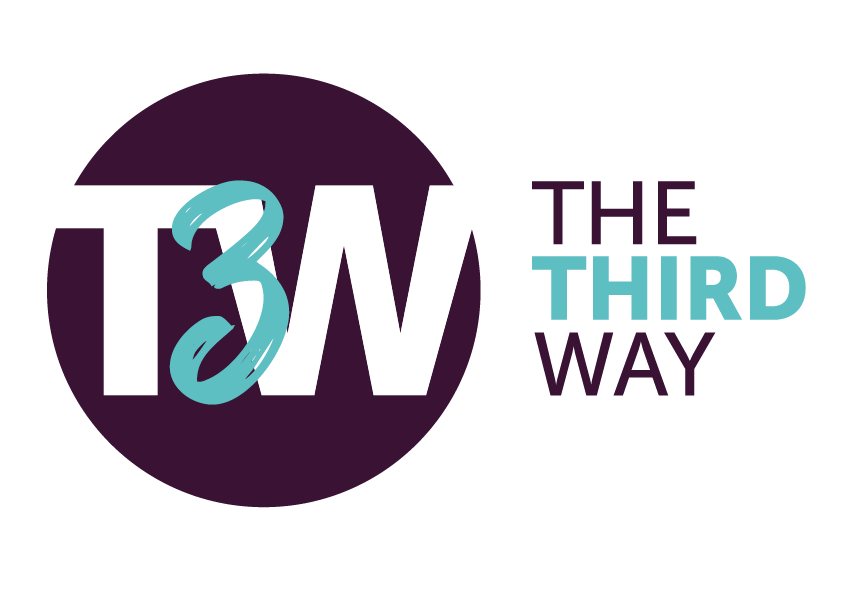What is Your Value Proposition?
What Is Your Value Proposition - Linked to the Golden Circle of Simon Sinek
In order to formulate the value proposition you need to have an answer to the questions:
- What exactly do you deliver to the customer?
- Which problems are you helping to solve for the customer?
Question:
Is the value proposition of a social enterprise the same as for a regular enterprise?
We consider this approach too narrow.

Value Proposition of a Social Enterprise
A social enterprise does not only want to add value to the customer, but also to society and the environment.
The obvious question to be asked is what your specific social organisation or enterprise encounters. The Social environment construes informal as well as formal rules and norms and it provokes attitudes, values, feelings, thoughts, and actions, which then determine the actual position of a person in a given setting (e.g. workplace, school, family).
From: International Encyclopedia of the Social & Behavioural Sciences, 2001
According to Bosma and Levie (2010) social entrepreneurship is concerned with individuals or organisations engaged in entrepreneurial activities with a social goal. It may include the following:
- Non-profit organisations that apply business expertise to become independent of grants and subsidies (Boschee and McClurg, 2003, Reis and Clohesy, 2001, Thompson, 2002)
- For-profit businesses that offer solutions for persistent social, economic and ecological problems using market-based models (Dees and Anderson, 2006, Dorado, 2006) and
- Hybrid organisations aiming to achieve social impact while maintaining a sustainable business model (Alter, 2007, Nicholls and Cho, 2006). Particularly referring to this last point, as Yunus (2008) illustrated, social entrepreneurship addresses a pressing social problem – such as poverty, homelessness, or the needs of under-privileged children – using free market principles. It means, therefore, that social entrepreneurship is profitable and sustainable at the same time – but that profits are reinvested into the business instead of going back to the investors.
This means two other dimensions need to be added to the original Business Model Canvas.
The social and environmental elements.
This can be structured with the triple layered BMC approach of Alexandre Joyce and Raymond L. Paquin (2016).
This tool helps to explore sustainable-oriented business model innovation.
- The environmental layer is based on the life-cycle perspective.
- The social layer is based on a stakeholder perspective.
When taken together, the three layers of the business model make more explicit how an organisation generates multiple types of value: economical, environmental and social. Visually representing a business model through this canvas tool supports developing and communicating a more holistic and integrated view of a business model; which also supports creative innovation towards more sustainable business models.
‘The Triple Layered Business Model Canvas: A Tool to Design more Sustainable Business Models’
The paper presents the triple layer business model canvas tool and describes its key features through a re-analysis of the Nestlé Nespresso business model. This new tool contributes to sustainable business model research by providing a design tool which structures sustainability issues in business model innovation. Also, it creates two new dynamics for analysis: horizontal coherence and vertical coherence.
This is only an introduction to map your value proposition regarding the environment and added value to the society. Interested in more depth and application? Then continue with the in-depth assignment and read the enclosed article about ‘The triple layered business model canvas’.

Assignment:
Watch this 1 minute video about what makes a start-up (or a product introduction of your current organisation) successful by Steven Schuurman. Then try to answer the question below:
Question
Answer

Additional information and inspiration:



